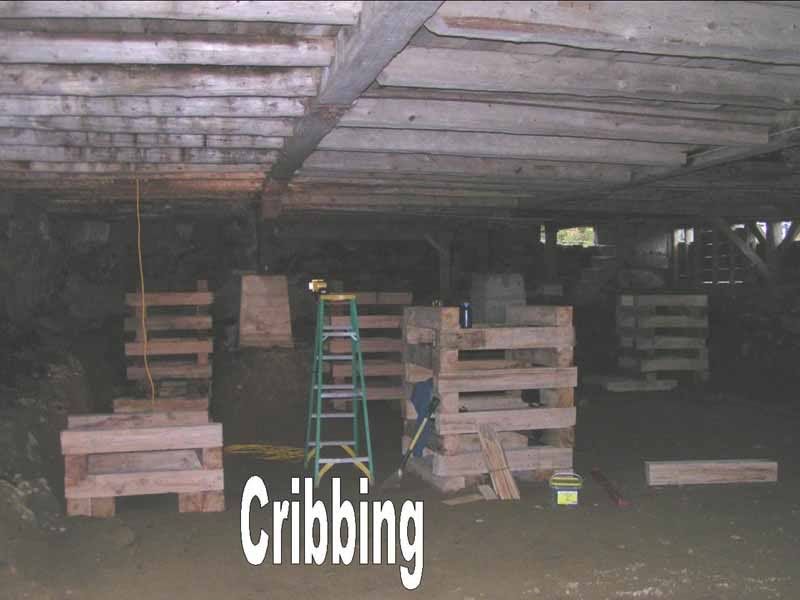I think I saw a power point presentation at a guild conference once about restoration work and the subject of cribbing was discussed.
The presenters' company used 6x7 blocks and I think they were 4' long but I'm not totally sure. They could be 3' long.
The reason the used 6x7's is that they would stack them with the 7" being the tall dimension to create a cribbing stack, as shown in the photo below:

Then if they needed to jack some point up to level, repair, or restore the frame, they would slide some pieces into the standard cribbing stack with the 6" dimension up. And with the 7" space between layers this was easy to do.
They would gang several 6" thick pieces together to get a "platform" to place a screw jack, or bottle jack onto and then raise the intended timber for the repair.
Something like this:

In the above drawing you can see the two 6x7 on their sides to make a jack platform between the layers.
And the jack is shown on top.
Using a jack in this fashion if the jack fails then the frame can only settle to the top of the cribbing stack. And you can jack up the frame in short steps, that is a little at a time.
Hope this helps.
Jim Rogers